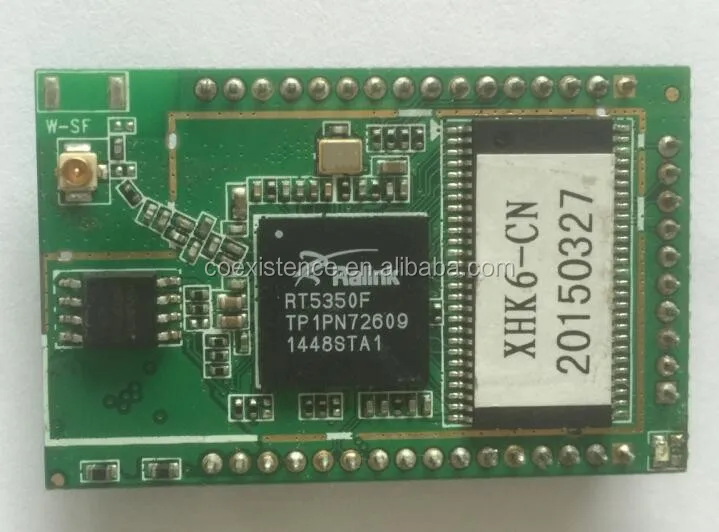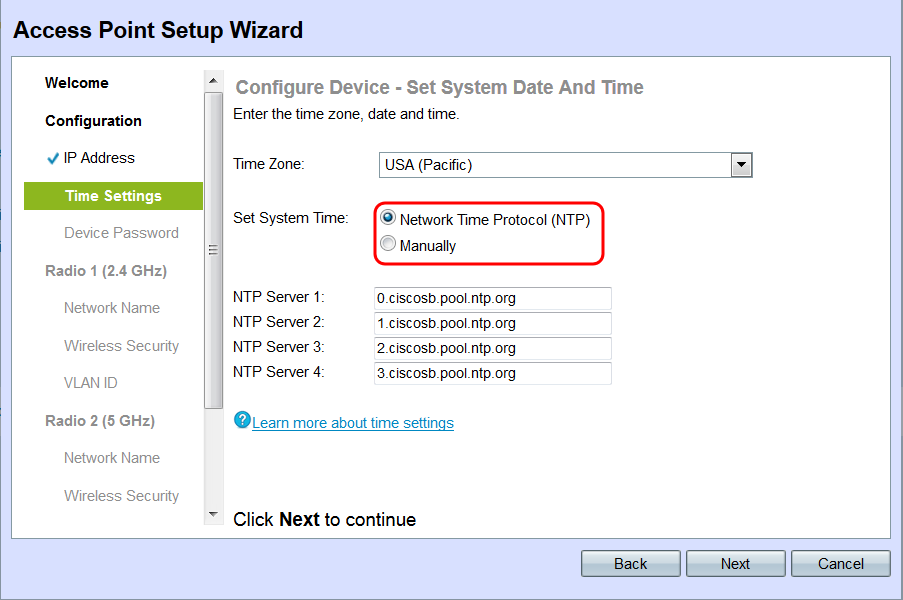


Think of a firewall as having two components: one hardware, and one software. Small business routers have useful network security functions and acts as its own firewall in many ways. Layer 2 Tunneling Protocol (L2TP) is a more encrypted variant of PPTP. For this, networking equipment usually communicates via IP Security ( IPSec VPN) protocol when establishing site-to-site communications. Entire branch office networks can communicate securely with main headquarters’ network using VPN technology. Today GRE is mainly used for streaming media, web conferencing, or simultaneous use of applications among two or several users, across multiple local area networks. Another is Generic Routing Encapsulation (GRE) tunneling, which passes traffic between two otherwise incompatible networks. Users might also access the company network using point-to-point tunneling protocol (PPTP) which takes advantage of specialized client software. SSL VPN is built on open source technology and is compatible with a variety of operating systems, including iOS and Android.Ĭisco RV134W VDSL2 Wireless-AC VPN RouterĪn SSL VPN is one example secure tunneling, and there are others. The communication is encrypted with a Secure Socket Layer (SSL), the standard security technology for establishing a connection between a web browser and a web server. Most entry-level business routers support 10-15 VPN tunnels under each protocol.Ī VPN provides users outside your physical network a secure link to applications, shared files, and other data on the internal network. Manufacturers may build their own flow-based solutions into managed switches, calling features something along the lines of ‘advanced traffic handling intelligence.’ Comprehensive VPN supportīusiness-class routers allow you to configure VPNs under more protocols, and the hardware supports a greater number of simultaneous users accessing the VPN. A business class network switch has support for one or both types of collectors. With these you get IP Address Management, and monitoring of Simple Network Management Protocol (SNMP) and Domain Name Service (DNS) functions among other features.
#Small business routers with dns and ntp software
There are dozens of software applications that give you visibility using SampledFLOW (sFlow) or NetFlow (proprietary Cisco) packet sampling protocols. When you’re looking after several networks, and perhaps hundreds access points across multiple physical spaces, it becomes a necessity. It helps to have application-based controls over access point management and configuration. TP-LINK SafeStream TL-ER604W Small Business Wireless Gigabit VPN Router Network monitoring via sFlow, NetFlow, or manufacturer-specific firmware Many SMB routers make configuring VLANs simple using a web-based GUI. Routers and switches establish VLANs by “tagging” the traffic they send back and forth-a process laid out by IEEE 802.11q protocol. Setting up a VLAN keeps endpoints from communicating with other endpoints on different VLAN, even if they’re part of one physical LAN. You would do this for security or regulatory reasons. Virtual LANs reduce the amount of hardware you need for partitioning a physical LAN computer network. You might use simple dynamic configurations by toggling buttons in a GUI, or with an Access Control List (ACL) to fine-tune QoS. SMB routers have configurable QoS settings built in them, and you’re able to differentiate network traffic by protocol-SMTP (mail), RTC (video calls), DNLA (streaming video), FTP (files) and others. Usually this means prioritizing VoIP telephones over streaming video or you might prioritize traffic to workstations, or for devices used to conduct videoconferencing, or wireless surveillance systems. Quality of Service (QoS) traffic prioritizationĪ business router needs to differentiate and prioritize bandwidth across endpoints on a network. What exactly sets business routers apart from home routers? We’ll look at how their features and functions help a business operate in the context of a small office network setup. Nearly all networking manufacturers put to market equipment they say is appropriate for small business networks. Here we’ll discuss the differences between home networking equipment and business-class routers, switches, and access points.


 0 kommentar(er)
0 kommentar(er)
